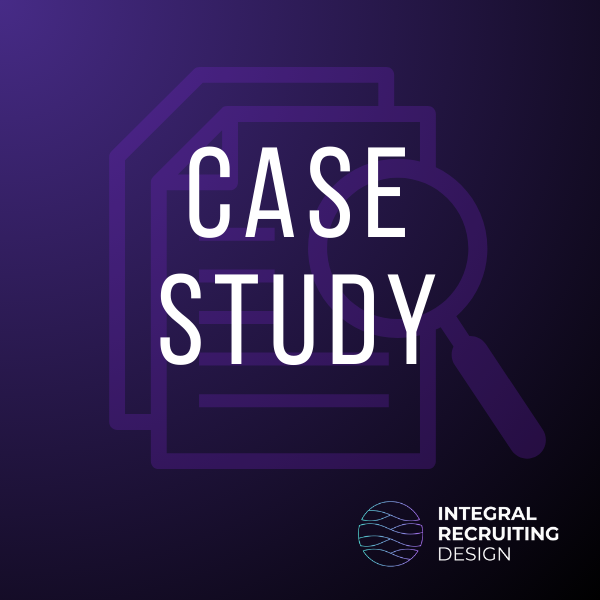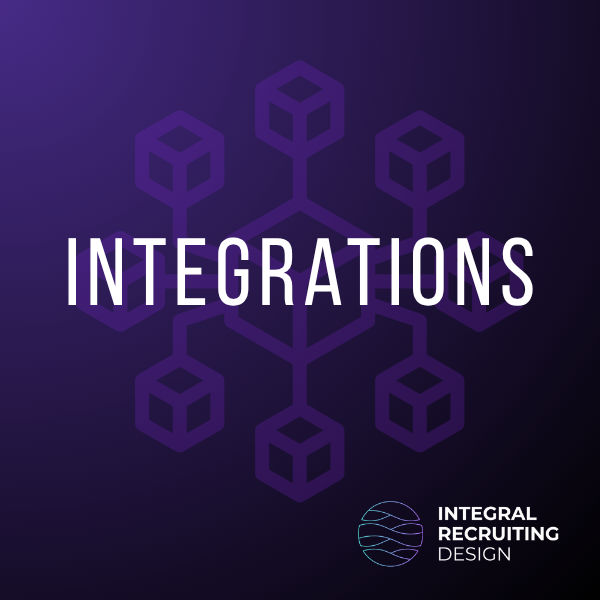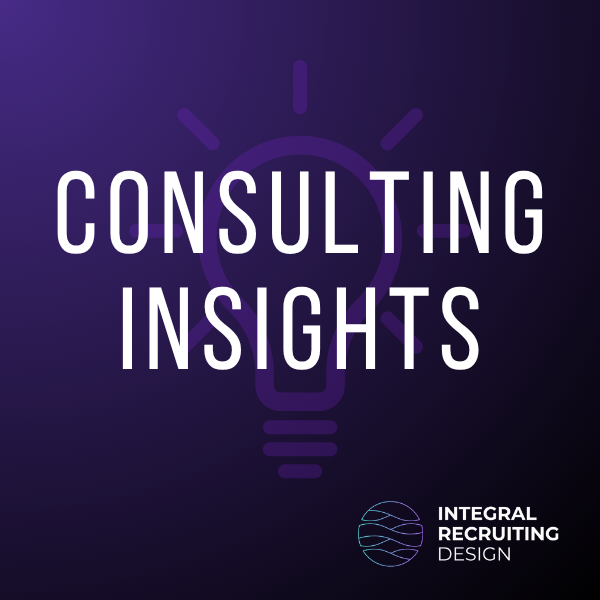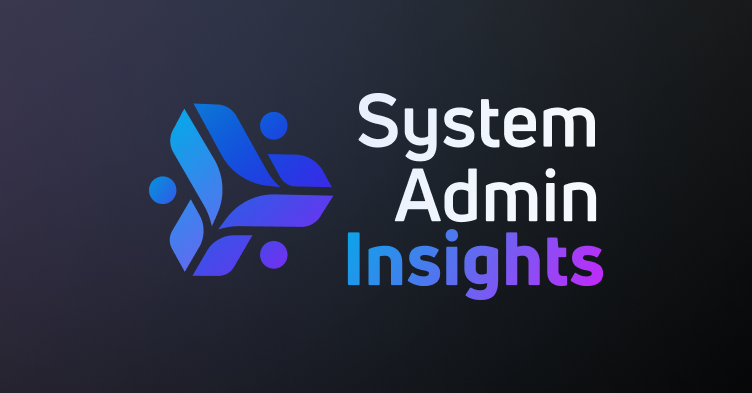When I got my start in HR tech, I wasn’t thinking about dashboards or systems or strategy. I was thinking about paper.
Specifically, the stacks of performance evaluations that landed on my desk when I joined the HR team at a major New York City nonprofit. My first assignment was to replace the paper-based performance review process with ADP’s digital module.
But rolling out a system is only half the work—the other half is making sure people actually use it. And in most corporate settings, that means sending an email.
Most of our staff weren’t regular email users. These were frontline, in-the-field employees. Email was something they got to if and when they had time. So I kept coming back to the same question: how do I make sure they actually see what we’re trying to communicate?
And I should say—I loved this work. What probably looked to others like an incredibly monotonous task felt, to me, like a puzzle. I was completely absorbed in figuring out how to make a system actually land with the people who needed to use it.
No matter how proud I was of the implementation itself, the question remained: how do I actually get people to engage with it? We could send an all-staff email, sure—but this was exactly the kind of email that was guaranteed to be ignored.
Then it came to me: everyone had to log into ADP at least twice a month to submit their time sheets. That’s where the opportunity was. I asked if I could turn the ADP home screen into a messaging board, and I was given the authority to start experimenting. I embedded performance deadlines, updates, links to helpful resources—everything people needed to stay informed.
And it worked, because that was where people already were.
Let’s be candid—staff didn’t throw HR a party because they had a new way to perform the drudgery of performance reviews. But our completion rate went up 20%, and we now had an online system where we could reference previous evaluations quickly. What looked like an administrative win to leadership was, to me, validation that meeting users where they already were made a measurable difference.
This sort of intuition about user experience—about how people actually behave—I’ve come to realize is the superpower of the HR technology worker. Many of us didn’t get into this field through traditional IT channels. We came up through recruiting, operations, or completely unrelated fields. And that gives us a unique perspective: we were end users first—constructive critics of processes we knew could be better, even if we didn’t yet know how. We’ve worked side-by-side with the people who need these systems to work.
HR technologists build for clarity. They build for adoption. They build for people who already have too much on their plate.
That mindset shaped the work I became known for: iCIMS dashboard customization. In the iCIMS consulting space, it became my specialty—finding ways to embed functionality into the existing dashboard in ways that were unexpected but incredibly effective. From embedded Power BI dashboards to custom training hubs and lightweight apps, I’ve continued to push what’s possible—not for novelty, but for usability.
This journey from paper performance reviews to sophisticated dashboard customization taught me something fundamental about HR technology: the best solutions aren’t the most complex. They’re the most human.
When I look at my work with iCIMS dashboards now, I see the same principles at play that guided me with that ADP home screen years ago. For instance, I embedded a ticketing widget directly into the iCIMS dashboard, allowing recruiters to submit support requests without ever leaving the platform they work in all day. In another case, I integrated custom training GIFs that demonstrate how to complete common tasks—answering FAQs visually, right where users encounter these challenges, eliminating the friction of searching through documentation or opening a help ticket.
I even embedded a full Power BI talent acquisition analytics suite into the dashboard—giving TA leaders real-time access to the exact metrics they care about most, all without switching tools or digging through spreadsheets.
But what looks like technical achievement to others still feels like solving that original puzzle to me: How do we meet people where they are? How do we reduce friction rather than add to it?
The most effective HR tech doesn’t demand attention—it earns it by being genuinely useful. It doesn’t force people to adapt to systems; it adapts systems to people. And it recognizes that behind every login, every click, and every submission is a human being with limited time, attention, and patience.
So while I’ve come a long way from digitizing performance evaluations, the lesson that project taught me remains at the heart of everything I build: technology works best when it works like we do—simply, intuitively, and in service of what matters.
